Cojimar, East of Havana
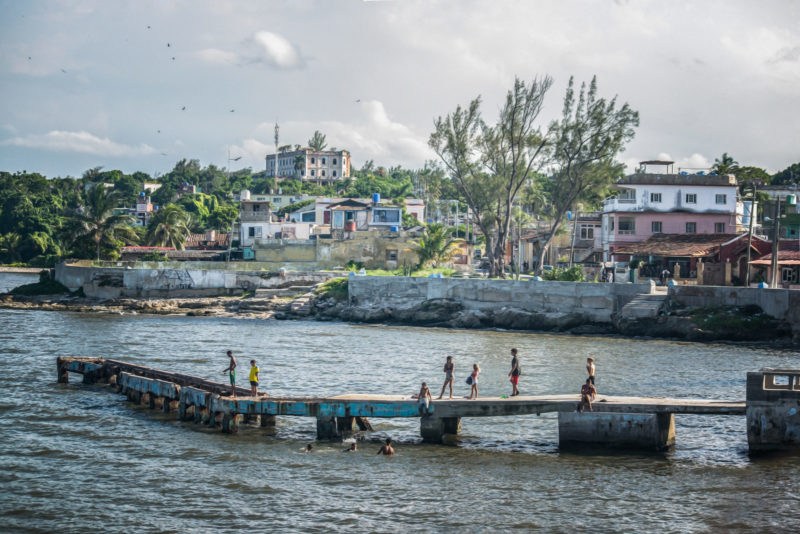
Photo Feature by Idania Cárdenas
HAVANA TIMES – Cojímar is a small fishing town located to the east of Havana, Cuba. In 1555, it had a presence of indigenous people, Spanish colonizers, and African slaves, laying the foundation for a future population that characterized the territory. The neighborhood of Cojímar belonged to the town of Guanabacoa until 1976 and is famous because Ernest Hemingway set his most well-known novel there: *The Old Man and the Sea*.
Cojímar has natural, historical, and sociocultural components, including the Cojímar River, the beach, the valley, the vegetation, and the La Terraza restaurant, where Hemingway used to have lunch with his companion Gregorio, the captain of the boat El Pilar. The Cojímar Fortress, part of the fortifications system of Havana recognized as a UNESCO World Heritage Site, was founded on July 15, 1649, to safeguard the coastal surroundings in that area, establishing the first population settlement in the territory. The Alamar housing projects are located just across the river, and the Pan American Village, built for the 1991 Pan American Games, is equipped with various sports facilities.
Its natural beauty and the characteristic color of its sea make it an oasis to visit during leisure or meditation hours. It is worth noting that Cojímar is one of the localities in the Havana del Este municipality affected by climate change, being a coastal area that has experienced severe flooding due to sea penetration.
The Havana Bay State Working Group, in close coordination with CITMA and other country institutions, has undertaken various actions to raise awareness of the risk. However, citizen participation in addressing climate change remains insufficient, considering the leading role that people play in facing the negative impacts of climate change and the shared responsibility we all have in reducing present and future damage.

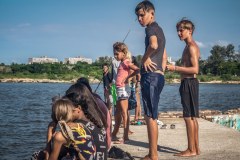
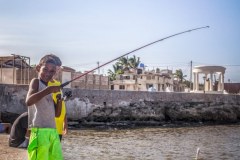
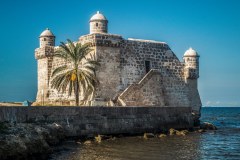
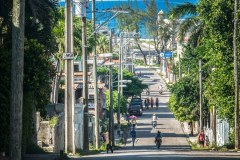

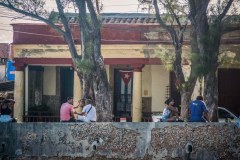
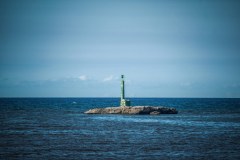
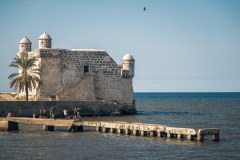
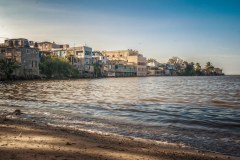
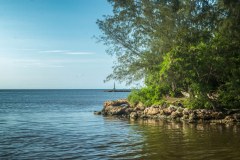
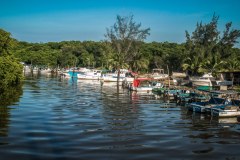
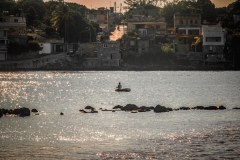
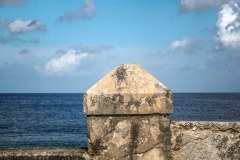
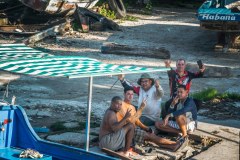
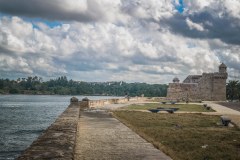
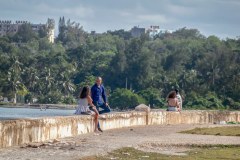
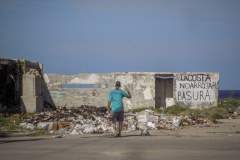

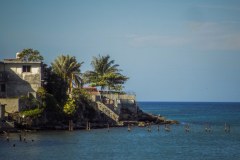
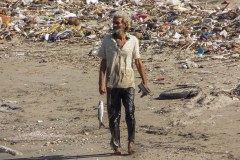
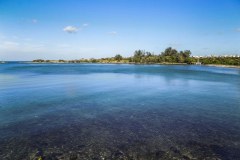
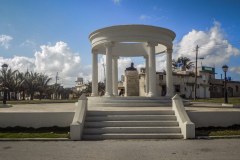





Excellent photography !!